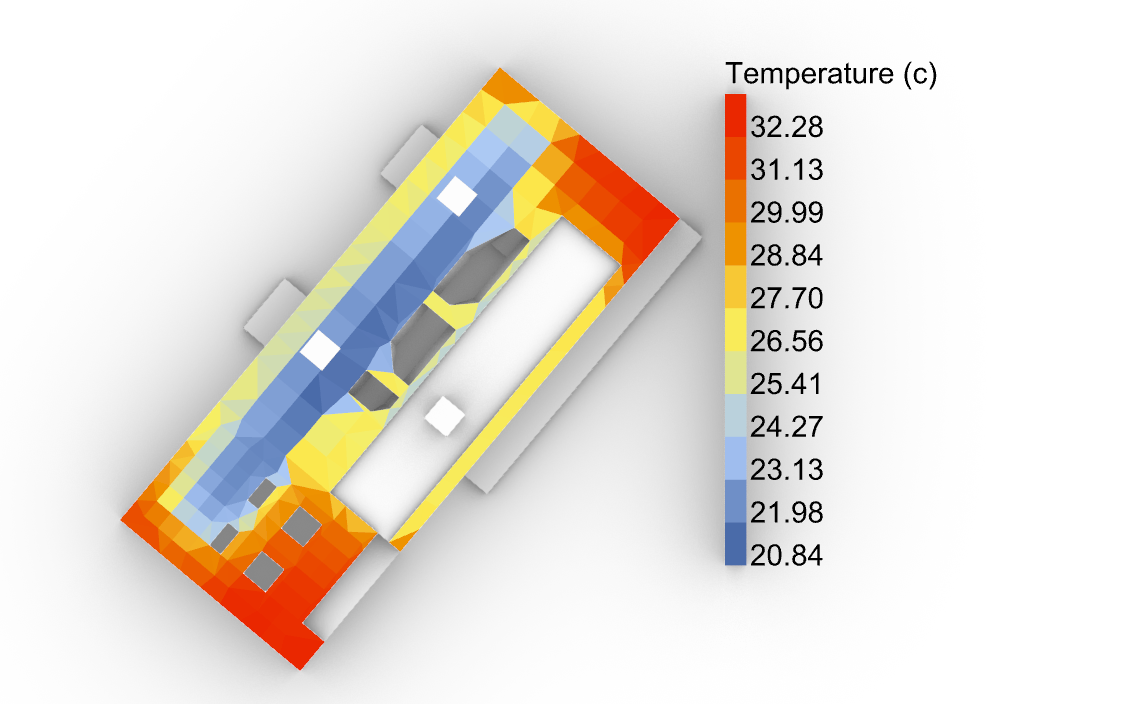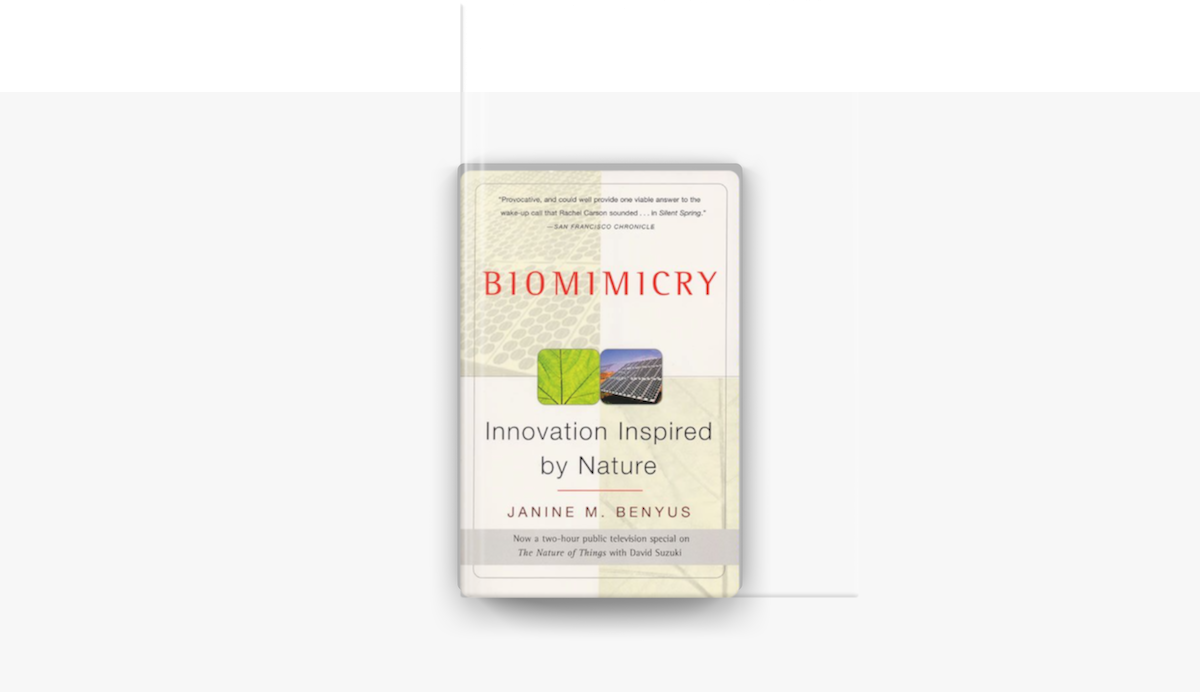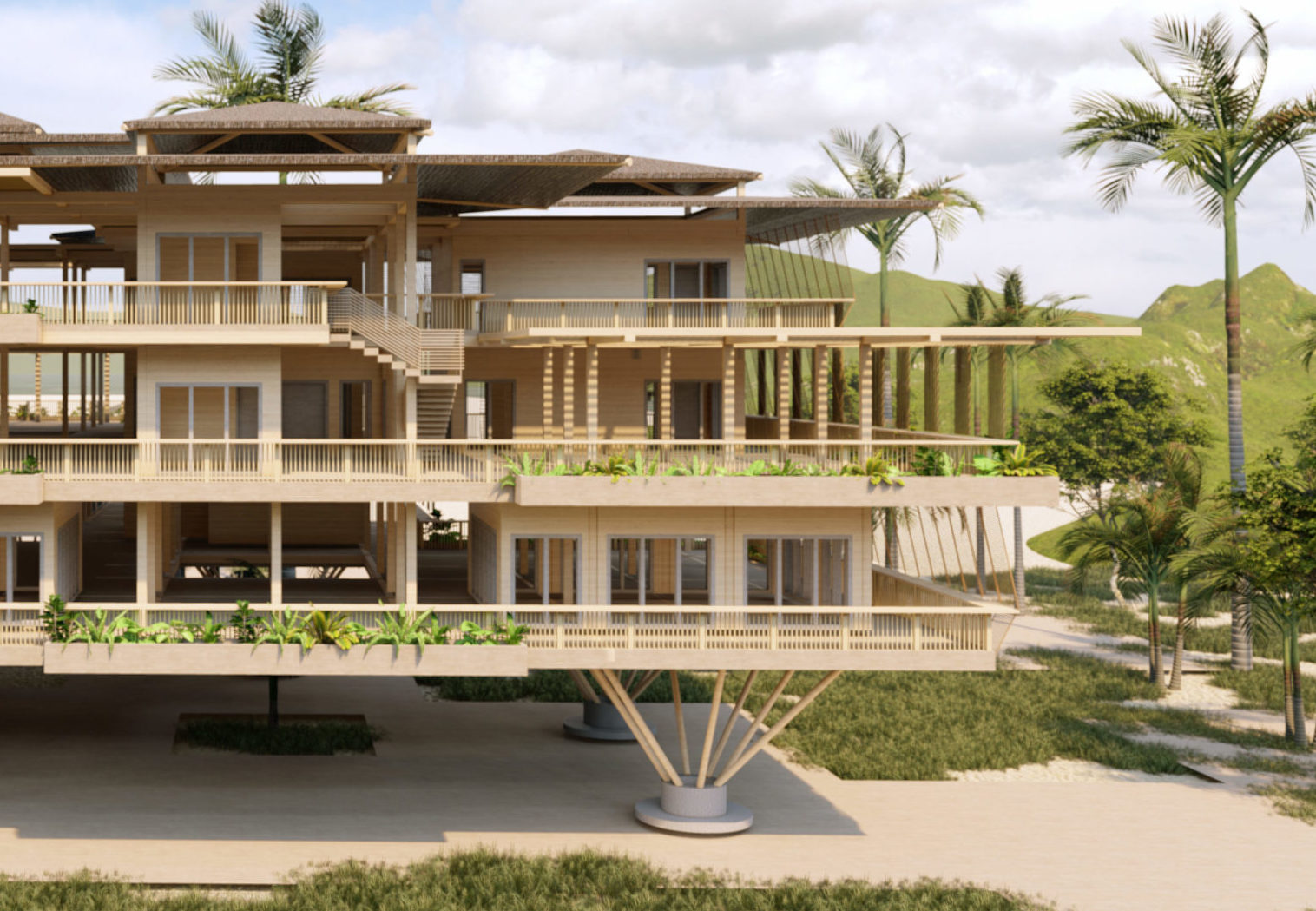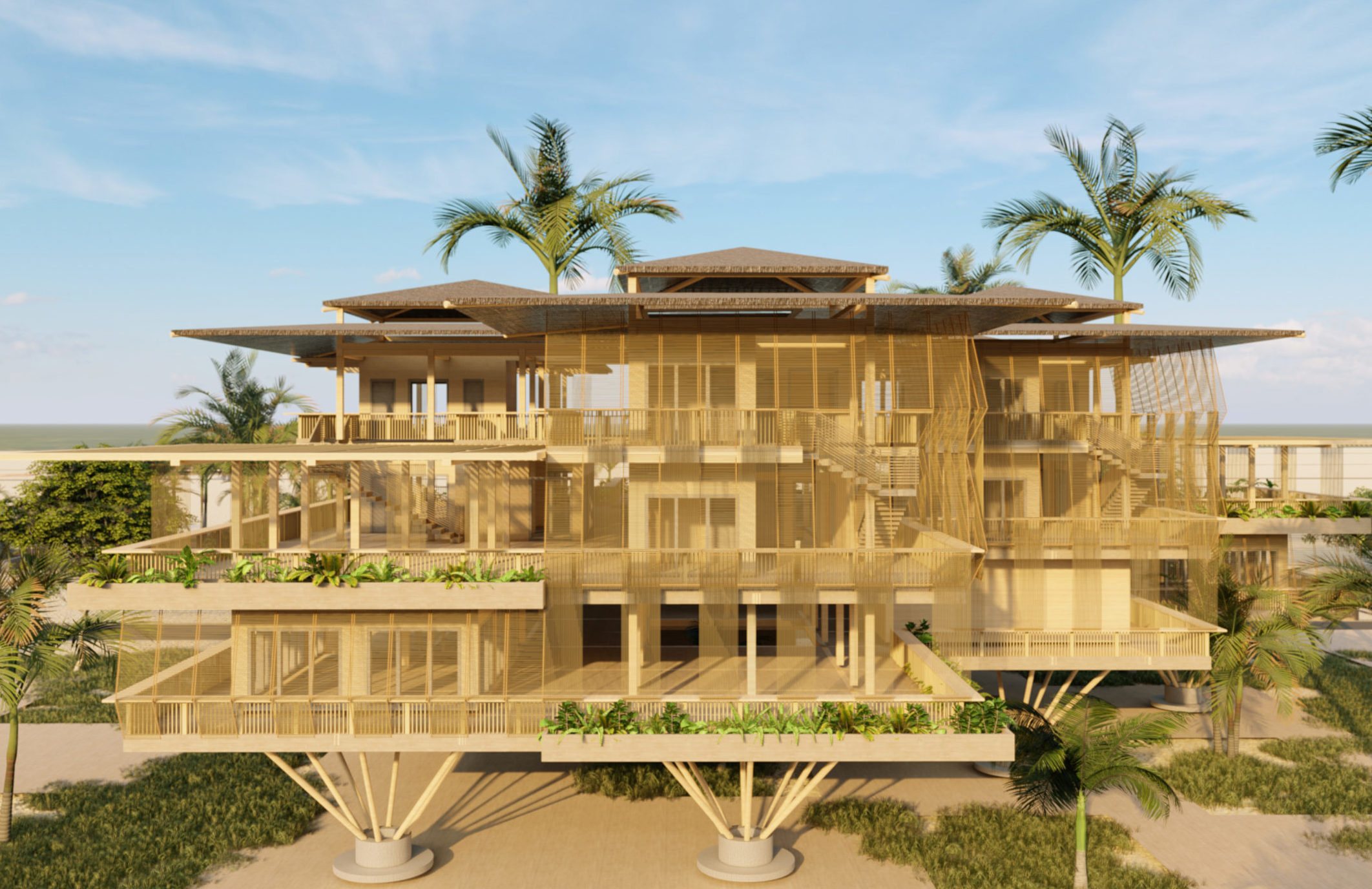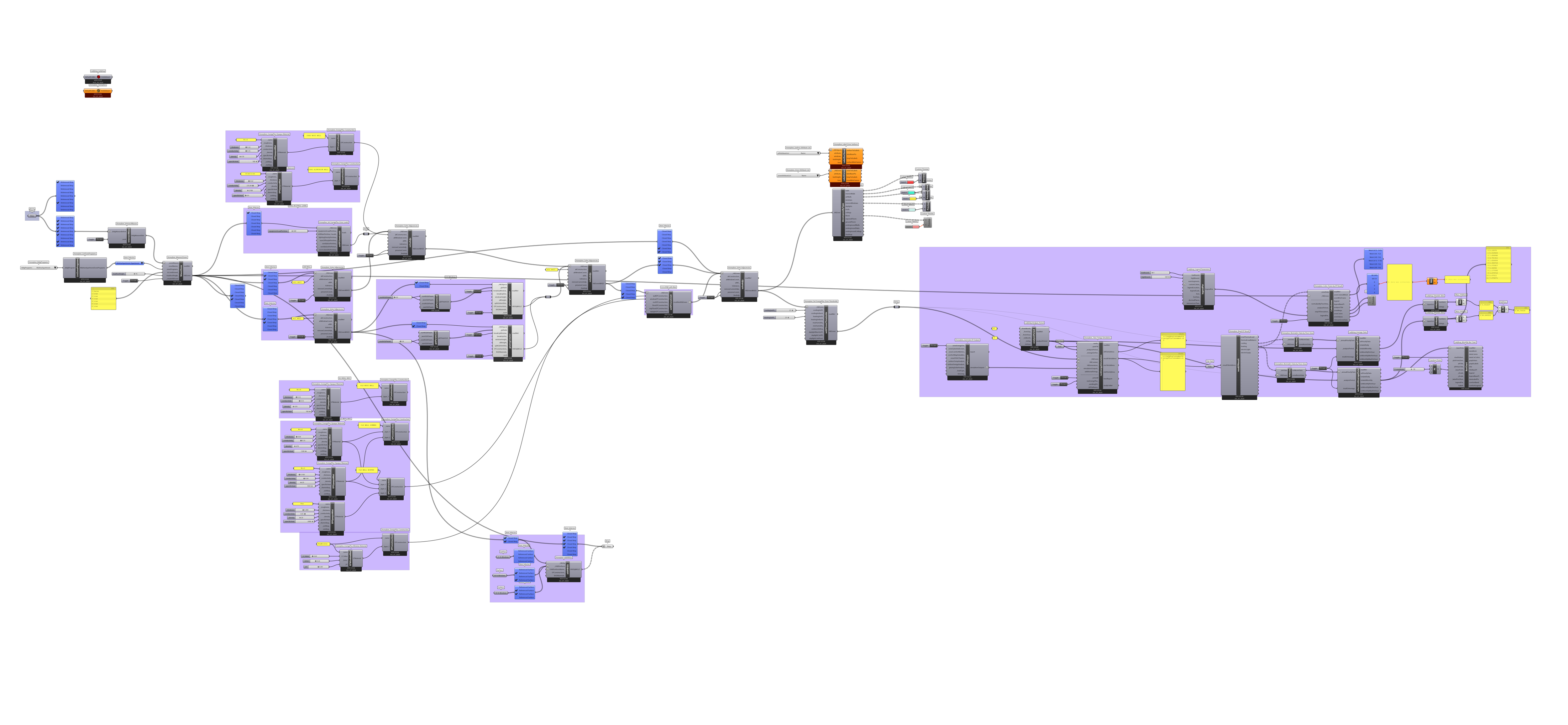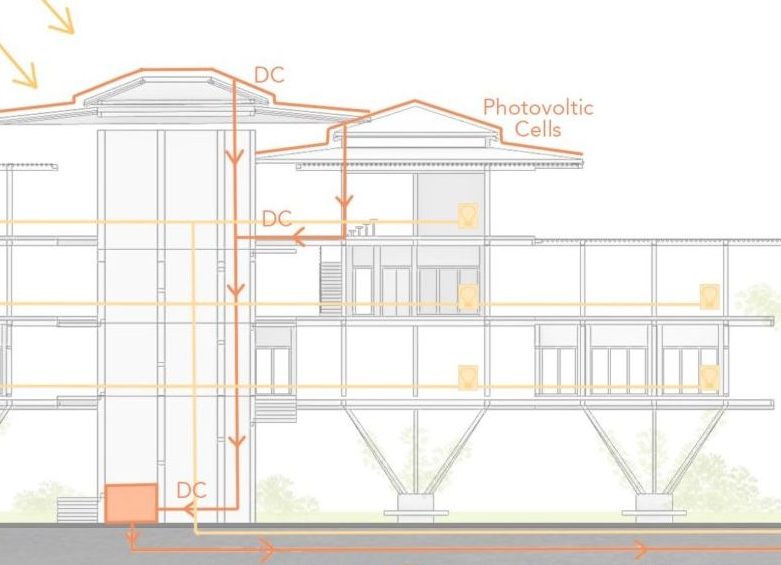AL HABIBITAT | Resilient Envelopes
Aswan, Egypt being in a hot & arid climate follow specific passive strategies, which are incorporated in the design. Installing a lattice patterned terracotta skin was seen as the primary idea for envelopes considering it enhanced the functionality of the passive strategies incorporated. Further, the thermodynamic study of heat sources & sinks indicate at the … Read more



